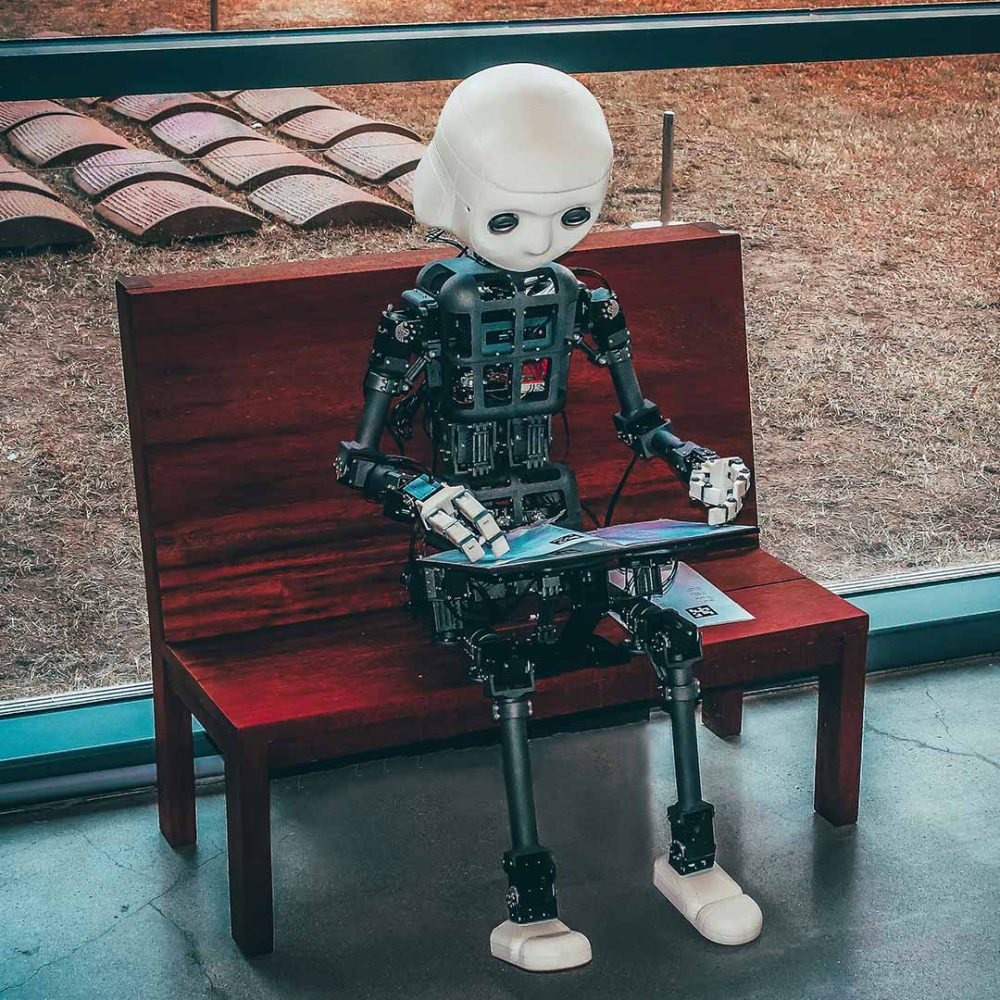A silent, high-stakes civil war is being waged in our schools, and the future of our children’s minds is the territory being fought over. The weapon is Artificial Intelligence. On one side, educators and institutions are racing to embrace AI as a revolutionary tool for personalized learning. On the other, a growing body of evidence warns that these same tools are creating a generation of cognitively dependent students who are losing the ability to think for themselves.
This isn’t hyperbole. This is a documented, present-day crisis. We are at an inflection point, and if we fail to navigate it with extreme care and deliberate strategy, we risk creating a future where our greatest technological achievement becomes the architect of our intellectual decline. We risk, to put it bluntly, being doomed by our own creation.
The most jarring example of this conflict is happening right now at Ohio State University. In a bold and necessary move to prepare students for the future, the university is launching a massive initiative to promote “AI fluency” across its student body and faculty. As they announced in a press release, their goal is to “redefine learning and innovation,” positioning their graduates for success in an AI-powered world. This is the correct strategic decision from a business and workforce perspective.
But at the exact same time, a study highlighted by WOSU Public Media reveals the devastating cognitive cost. The research, which scanned the brains of users, found that prolonged AI use can lead to a shocking 47% drop in neural engagement. As one source put it, the work students produce is often “robotic, soulless, and lacking depth.”
This is the civil war in a nutshell: we are mandating the use of a tool that a growing body of research suggests is making us intellectually weaker.
The Two Architectures: The “Bolt-On” vs. The “Built-In”
This conflict is forcing the emergence of two radically different models for the school of the future. The first, as seen in large institutions like OSU, is what I call the “Bolt-On” model. It’s a panicked attempt to staple a new technology onto an old, industrial-era educational framework. The danger is that without fundamentally redesigning what an “assignment” is, AI simply becomes a high-tech tool for plagiarism, used to complete outdated tasks more efficiently, accelerating the very cognitive decline we fear.
The second, more hopeful model is the “Built-In” architecture. As reports from The New York Times on Texas’s Alpha School and the Tallahassee Democrat on the Innovation Academy show, some schools are rebuilding from the ground up. They are designing their entire curriculum around the assumption of AI. At the Innovation Academy, for example, the focus is on “AI-powered learning” that enables a truly personalized pace for each student. The system is designed not just for task completion, but for deep, project-based work where AI is a necessary co-pilot, not a replacement for the pilot.
The End of “Cheating” As We Know It
This brings us to one of the most contentious issues: academic integrity. The publication Mind Matters asks, “Is the System Being Gamed, or the Student?” With all due respect, this is now the wrong question.
The student isn’t cheating; the assignment is obsolete.
When a tool is universally available, and in some cases mandated by the institution itself, using it is no longer “gaming the system.” It is the system. The student isn’t cheating; the assignment is obsolete.
We must stop trying to catch students using AI and start designing assessments where using AI is assumed, but wholly insufficient for success. We must demand work that requires novel synthesis, personal experience, and strategic application—human skills that AI can assist but cannot replicate. The challenge is not to build a better plagiarism detector; it’s to build a better assignment.
The Path Forward Is a Choice
We stand at a fork in the road, and the choice we make in the next few years will be irreversible.
One path, the path of least resistance, is to continue with the “Bolt-On” model. We will require AI usage without changing our methods, and we will produce a generation of intellectual zombies—workers who are masters of prompting a machine but are incapable of formulating an original thought, solving a novel problem, or leading with human ingenuity.
The other path is harder. It requires a fundamental, ground-up redesign of our educational philosophy. It leverages AI for its true strength—delivering hyper-personalized learning at scale—while designing curricula that force students to use the tool to climb higher, not as a crutch to avoid climbing at all. This path creates a generation of “augmented” thinkers, true human-AI hybrids capable of solving problems we can’t yet imagine.
The technology is not the issue. The issue is the design of our educational and business systems. We have seen this movie before with calculators and search engines, but the scale and power of this new tool are orders of magnitude greater. Getting this wrong won’t just mean lower test scores. It will mean a less innovative, less capable, and less human future. The stakes couldn’t be higher.




